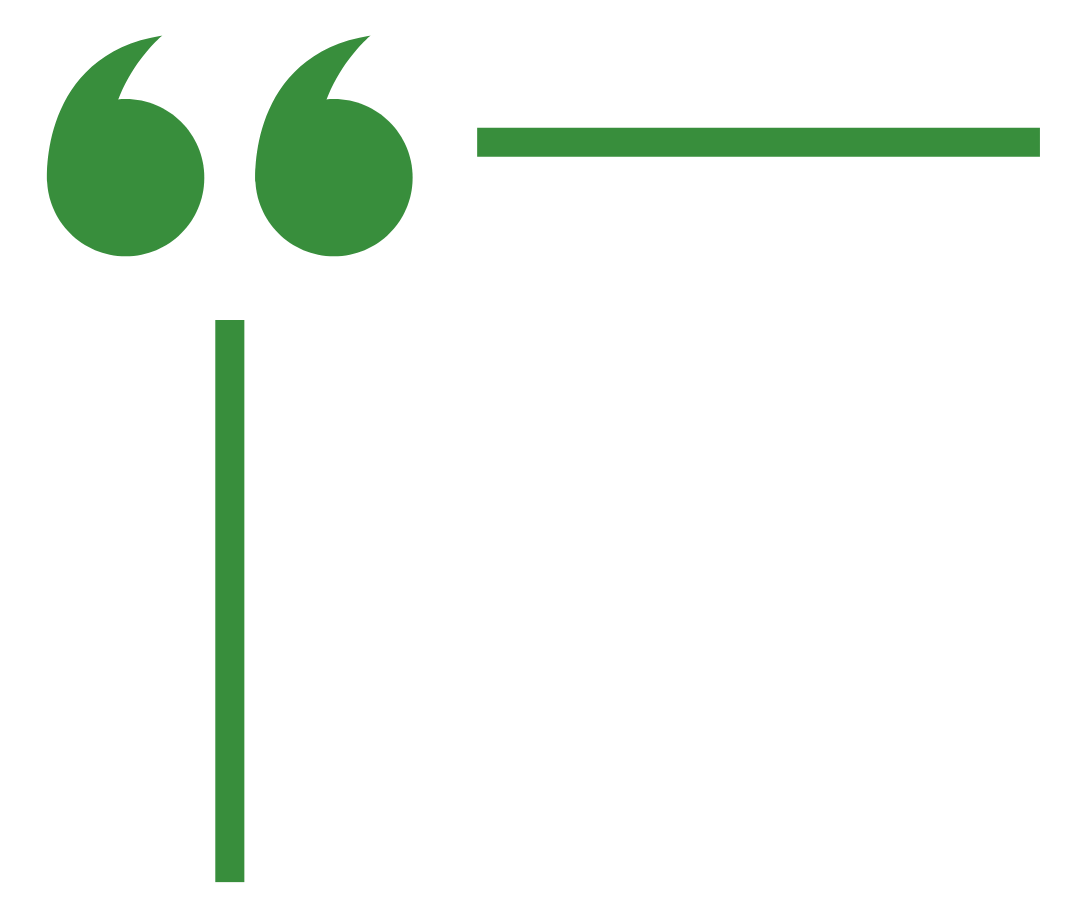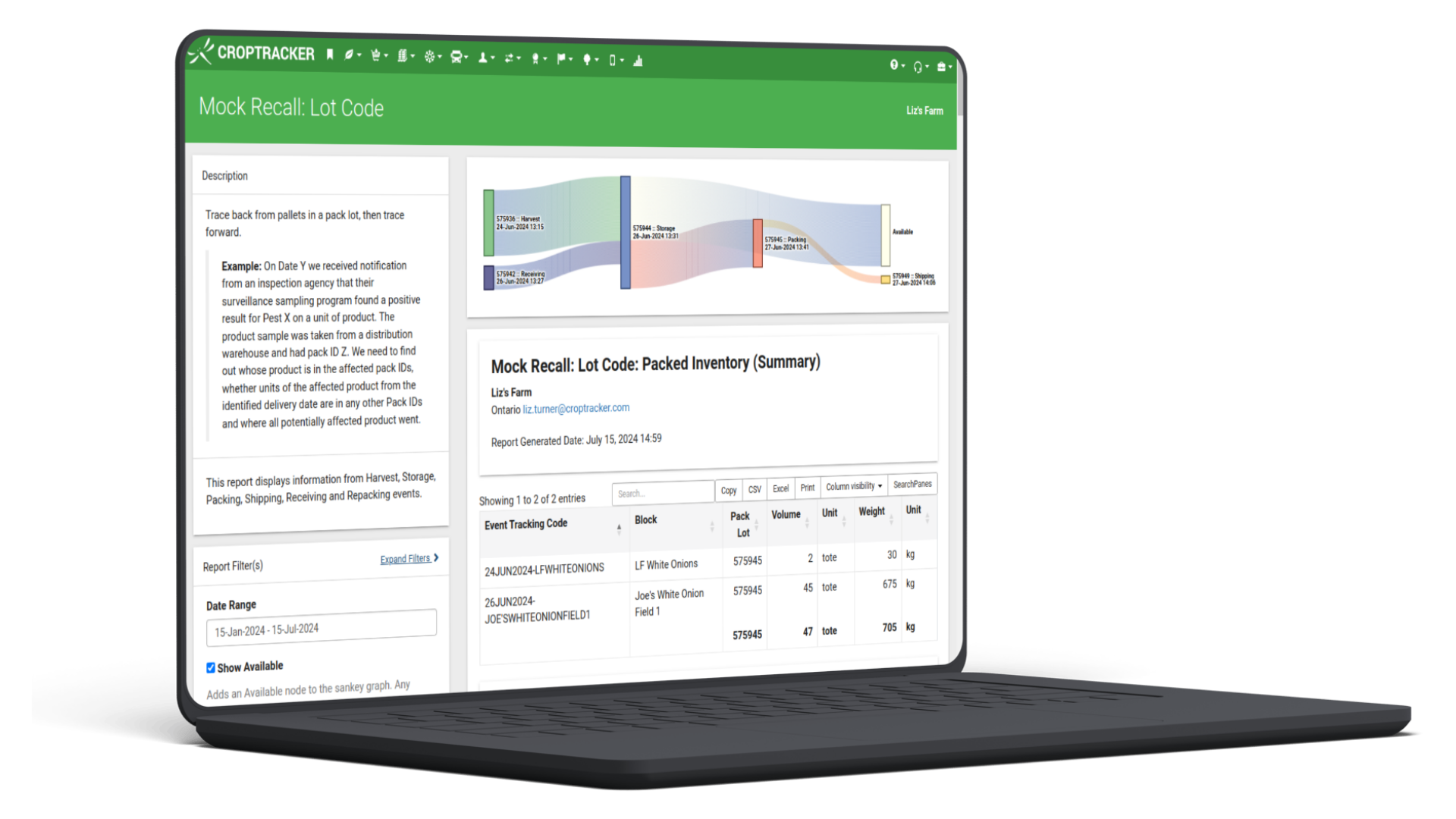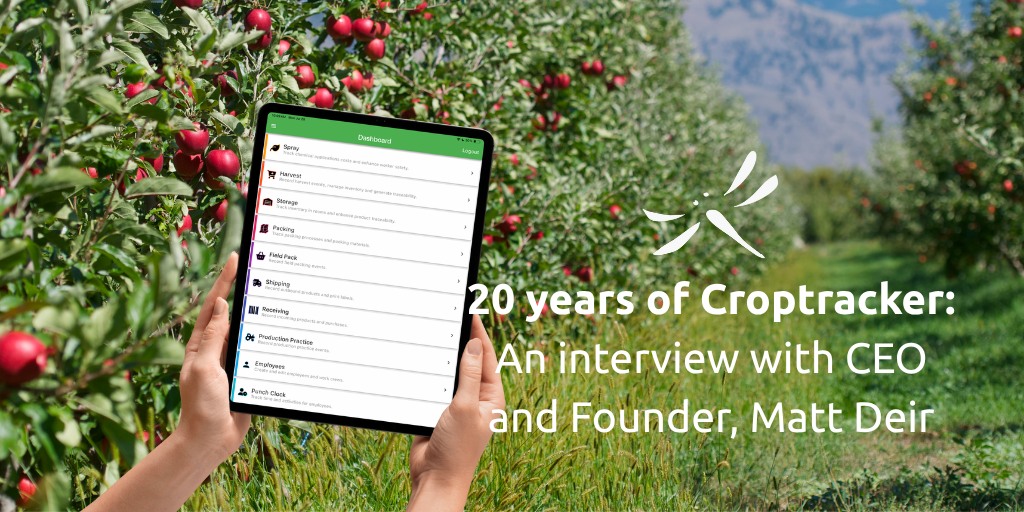We are very pleased to announce that 2026 will mark Croptracker’s 20th anniversary! To kick off celebrating and reflecting on this big milestone, our marketing team has interviewed Croptracker’s CEO and Founder, Matt Deir. Read on to find out more about how Croptracker started and where we are headed in the future.
We are very pleased to announce that 2026 will mark Croptracker’s 20th anniversary! To kick off celebrating and reflecting on this big milestone, our marketing team has interviewed Croptracker’s CEO and Founder, Matt Deir. Read on to find out more about how Croptracker started and where we are headed in the future.

Q: First off, congratulations on 20 years of Croptracker! That’s a big accomplishment!
Can you start off by talking about what inspired you to start Croptracker? Can you take us back to that initial spark? What was the exact problem you aimed to solve, and how did that evolve into the comprehensive platform Croptracker is today?
M: Thanks so much! It's definitely been an exciting 20 years.
So, thinking back to the beginning, in 2006 I was doing a lot of custom software and consulting work here in Kingston. That's when the Ontario Apple Growers (OAG) reached out and it sparked the first steps of Croptracker. The OAG was really looking for a way to help their members better track and organize their spray applications, both for individual growers and for the organization as a whole. Having worked in apple orchards myself as a student, I knew firsthand how much goes into managing them, so I was immediately curious and eager to make any part of that easier.
I started by working directly with several OAG board members and growers to understand their current process for spray records. We really dug into what vital information they needed to keep, and what formats were necessary to pass an audit smoothly. This taught me so much about the regulations and restrictions around chemical use. That's how we developed the Spray module. It includes all the fields needed to record an application, plus a huge chemical database with labels and use restrictions. We even built in a system for growers to enter their sprayer specs, safety equipment, and environmental factors, so the system could automatically calculate chemical totals based on field size, chemical rate, and sprayer details.
The OAG wasn't just looking for an easy way for growers to digitize their fertilizer and pesticide applications for audits, though. They also wanted to be able to aggregate this information at an organizational level. Their goal was to better understand the pest and environmental challenges their growers were facing, and then use that data to provide more focused research and lobbying support. So, I also worked with the OAG board and staff to create provincial-level chemical use reports, always making sure to keep individual grower data secure.
Once the spray system proved its value and we built up that trust with the growers, my relationship with the OAG really expanded. That's when Croptracker started growing into the comprehensive Orchard and Farm Management platform it is today. In those first few years, I continued working closely with the OAG to develop mobile harvest inventory and labor tracking solutions, which were also big needs for their members at the time.

Grower input has been central to Croptracker from day one.
Q: It seems like Croptracker was built from the beginning with extensive grower input. What are some of the other pivotal moments and clients that have influenced the development of Croptracker’s products throughout the years?
M: Yes, you're absolutely right – grower input has been central to Croptracker from day one.
My initial work with the Ontario Apple Growers quickly led us to connect with the Ontario Tender Fruit Growers. This was a pivotal moment because it pushed us to rapidly expand Croptracker to support storage, packing, and shipping records. The stone fruit season in Ontario is incredibly fast-paced and short, so growers needed to know, almost instantly, what inventory was in and out of storage and what was available for sale. I worked closely with experienced, long-time growers like Ryan Tregunno to develop automated and custom RFID-tagged bins, which was a huge step forward.
Early on, I also had the opportunity to connect with growers and orchardists outside of Ontario. These relationships were crucial for expanding our system to support audits in other regions. For instance, working with seasoned growers like Brad Hollabaugh helped us significantly grow our chemical database and informed the creation of several new report formats specifically for US market auditors.
As Croptracker started to move beyond North America, the inventory and workflow management parts of the platform really expanded, and we made huge strides in improving operational efficiency. A big moment came in 2018 when I traveled to New Zealand with one of our development and sales team members to consult on the implementation of Croptracker at Mr. Apple. Their operational excellence, combined with the lack of internet and cell service in their remote orchards, directly led us to begin developing Croptracker's offline app. This also pushed our team to make our inventory and employee time-tracking features even more efficient.
Visiting the Mr. Apple team also sparked Croptracker's journey into computer vision systems and the development of Harvest Quality Vision. The team at Mr. Apple explained that many decisions about storage, shipping, and packing need to be made before the apples even leave the orchard, often just by looking at the top of the bins and sampling a few apples. From those discussions, we decided to create a system that could capture more detailed size and color information with just a quick scan.
And honestly, there are so many more examples. We genuinely value our users' expertise, and we've always made sure to center Croptracker's development around the real-world needs of the growers who are actually using it on the ground every day.

Q: You have talked about your inspiration, can you speak a little about some of the challenges and surprises you have faced in the development of Croptracker, and how Croptracker has overcome these?
M: You know, it's funny, when you're building a company over 20 years, you expect challenges, but some definitely surprise you. One of our biggest, and frankly, a global one, was COVID.
Suddenly, shifting to working from home completely changed our dynamic at Croptracker. We were right in the middle of expanding and launching our new computer vision tools during that period, so we had to quickly figure out new ways to communicate (both with our users and internally) to make sure onboarding and support went smoothly.
We also expanded our team and hired quite a few people remotely during that time, so we were onboarding new staff right alongside our new users. Developing more instructional materials for the software became a huge priority, especially as we were adding so many new features and products. Our team really stepped up, working hard to learn all the ins and outs of Croptracker and the specific operations we were supporting. This whole experience really pushed us to develop user onboarding processes that involved a lot of listening to our clients' needs and then creating custom workflow and instruction documents tailored to them.
Q: That leads well into my next question - How do you ensure Croptracker continues to address the evolving needs of your users? How does Croptracker remain connected to the core needs of individual growers as it continues to expand?
M: That’s something we work incredibly hard on here at Croptracker: staying connected to the evolving needs of our growers.
We totally get how complex growing food is. What's fascinating is that even operations growing the exact same crop in the same region can have wildly different needs and workflows. To make sure we're truly meeting those diverse needs, we've significantly expanded our support staff team over the last few years. I honestly believe there's nothing more valuable than having a real person listen to and truly understand a user's specific situation.
As I touched on earlier, whenever new or existing users start exploring different parts of Croptracker, our onboarding team makes sure they deeply understand the user's goals. Then, we develop custom workflow documentation to ensure all their staff can efficiently do what they need to do within the software. We're always striving to make sure Croptracker adds real value, rather than just adding more steps to their day. Our core goal is to save time through smooth digital record creation. If a process takes a little more time to initially digitize data, it should absolutely pay off by saving hours when it comes to reporting on that data later. The biggest feedback we consistently hear from our users is that when audit season or payroll comes around, we've saved them countless hours of management time.
Beyond that hands-on support, we're also constantly working to stay ahead of industry and technology trends. Keeping up-to-date on regulations and policy changes that will affect our users ensures we can be proactive in updating the software to support them. For example, in the last few years, we've enhanced our traceability processes so our users can easily comply with stricter inventory record-keeping demands, like the upcoming FSMA 204 deadline that will impact our users' growing and trading in the US.

We're always striving to make sure Croptracker adds real value, rather than just adding more steps to their day.
Q: Can you speak a little more about the changes and challenges for growers you have noticed in your years in supporting the fresh produce industry? How has the industry changed since you started Croptracker and what changes and challenges do you see coming in the future that will impact the direction of Croptracker?
M: You know, farming has always been a tough gig, but it definitely feels like it's gotten even more challenging since I first started with Croptracker.
One of the biggest issues we see our growers facing is access to labor. It's harder and more expensive to find the people they need, especially for many of our specialty crop users. Orchards, for example, are incredibly labor-intensive, and the kind of automation you see in field cropping just isn't quite there yet for them.
Growers are also drowning in record-keeping demands and restrictions that eat up time they simply don't have. Often, these new processes require technical expertise and skills that are hard to come by on a farm. That's exactly where Croptracker comes in; we're constantly looking for ways to develop tools that help growers overcome these specific challenges.
These days, climate change and shifting trade relationships are also on many of our growers' minds. They're looking for support to make informed decisions, and as a result, accurately recording what's happening on their farms is becoming more vital than ever. It's not just about passing audits anymore; it's about closely monitoring expenses and growing practices so growers have the information and agility needed to survive. A recent example of how we're responding to this is by speeding up our product traceability systems. We've boosted our automated data sharing across linked organizations so all that vital information moves seamlessly as inventory does.

It's not just about passing audits anymore; it's about closely monitoring expenses and growing practices so growers have the information and agility needed to survive.
Q: Speaking of industry changes - you have seen many ag-tech companies come and go since Croptracker has started. Why do you believe Croptracker has been able to outlast these companies? What sets Croptacker apart?
M: Honestly, I think the biggest difference is that Croptracker's development has always been grower-led. We've never chased venture capital funding, which means our only stakeholders to please are our users. We don't spend our time on big-budget advertising or flashy product launches. Our focus has always been squarely on supporting the business of growing food, which, as you know, never stops. I started Croptracker by working directly with growers to design exactly what they needed, and I've worked hard to maintain that hands-on approach as we've expanded our team and our user base.
We've also put a lot of effort into developing product offerings that can scale with our users and support operations of all sizes, no matter where they are in their digitization journey. Croptracker is a comprehensive system that covers virtually every aspect of growing, but we recognize it's not always feasible for growers to change all their processes at once. In fact, most of our full-system ERP software users actually started with just a few modules and gradually expanded their use season after season, adding more users and more functionality as their comfort and needs grew
Q: Thank you for your time and insight today. Just one last question - How do you plan to celebrate this milestone?
M: Ha - good question! I hope to spend some quality time with my kids and family first off. And I am looking forward to working with my team at Croptracker and our growing partners to plan for the next 20 years!


